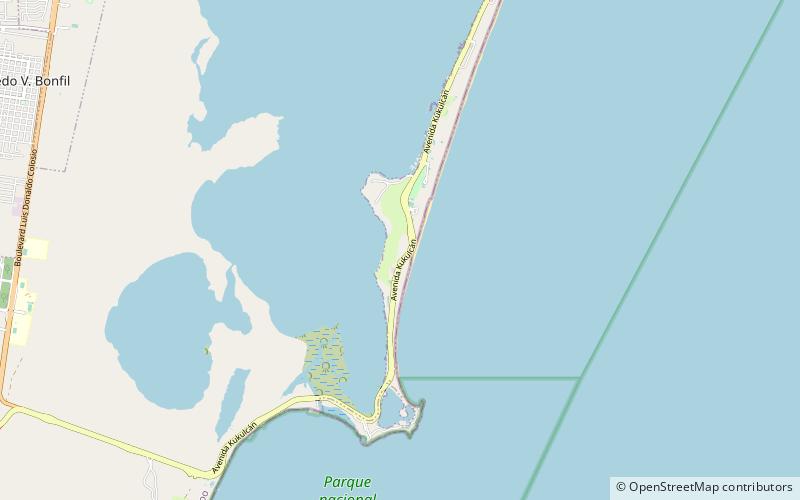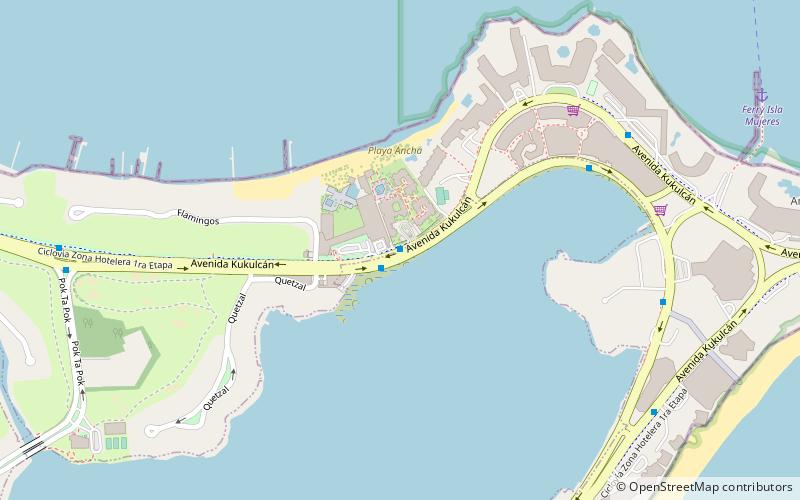El Rey archaeological site, Cancún


Facts and practical information
Nestled amidst the bustling resort city of Cancún, the El Rey archaeological site offers a tranquil excursion into the ancient Mayan civilization. This modest yet significant site, located in the heart of the Hotel Zone, is steeped in history and culture, providing a stark contrast to the contemporary surroundings of modern-day Cancún.
El Rey, named after a mask believed to represent the Mayan Sun God found at the site, dates back to the period between 1250 and 1550 AD. It was once a key maritime and trading hub for the Mayan people, as well as a center for fishing activities. The site comprises around 47 structures including platforms and temples, with two main plazas that were central to the community's social and religious life.
Visitors to El Rey can explore the remnants of these ancient structures, many of which are adorned with fragments of original hand-painted frescoes. Although smaller in scale compared to other Mayan ruins in the Yucatan Peninsula, El Rey offers a unique glimpse into the daily lives of the Mayan people, with less commercialization and smaller crowds. The site is also home to a population of friendly iguanas, which are often willing to pose for photographs with tourists.
The archaeological site is easily accessible and provides a peaceful retreat from the city's more tourist-centric attractions. It is open to the public year-round, allowing visitors to immerse themselves in the rich heritage of the Mayan civilization. El Rey serves not only as a historical landmark but also as a reminder of the deep roots and enduring legacy of the indigenous cultures that once thrived in this region.
Zona HoteleraCancún
El Rey archaeological site – popular in the area (distance from the attraction)
Nearby attractions include: Playa Delfines, Playa Marlín, Cancún Underwater Museum, Museo Maya de Cancún.






